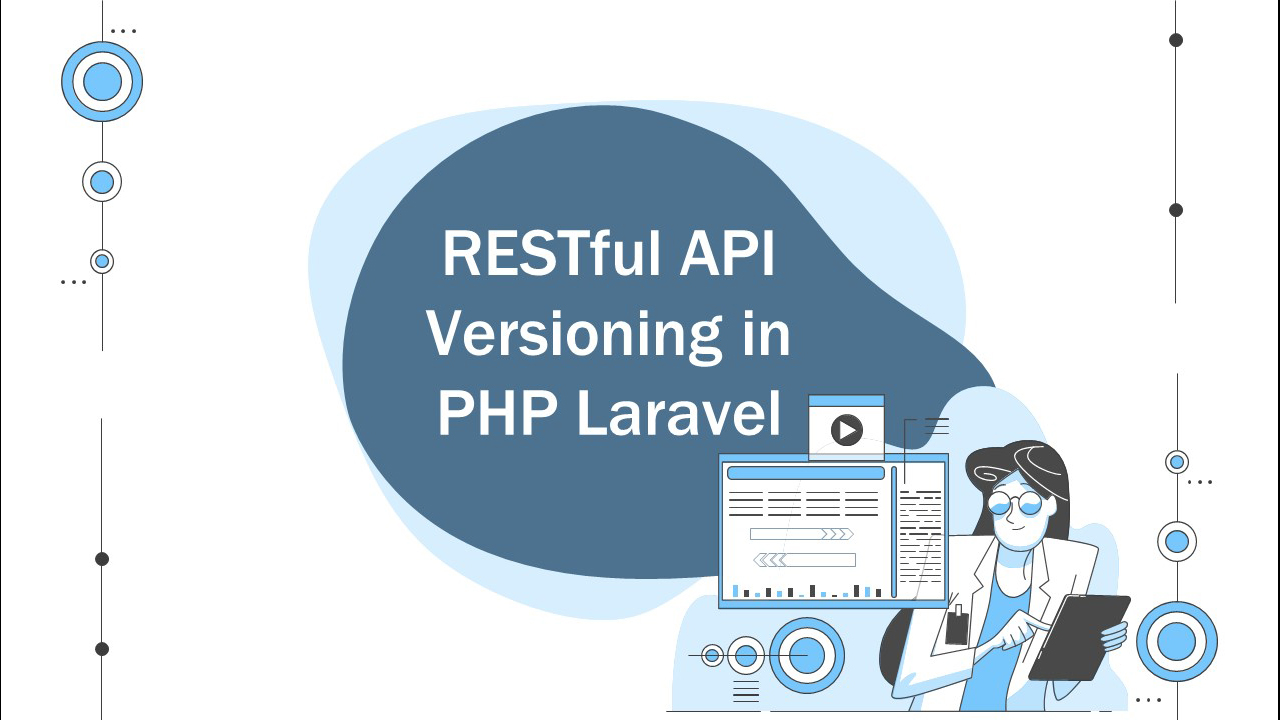PHP xml and json
Last Updated on Mar 21, 2023
Intro
Xml and json are the most common formats that are used in APIs. knowing how to work with them is essential for any webdeveloper.
Json is human readable and very light in terms of size and it's not verbose. a lot of modern APIs are using Json to pass data.
a Json file looks something like this:
{
"accounts": {
"twitter": "Pratham",
"feedhive": "Simon",
"php": "Amir"
}
}
xml is more verbose. at first sight you might say why should I even bother working with xml. but xml has some advantages over json like validating the structure and format and data is much easier in xml.
a xml file looks something like this
<?xml version="1.0" encoding="UTF-8" ?>
<accounts>
<account type="twitter">Pratham</account>
<account type="feedhive">Simon</account>
<account type="php">Amir</account>
</accounts>
Reading JSON
In php reading json is very easy because you can use the json_decode function and read it like an array. the first argument is the json string and set the second argument "true" to convert your json to an associative array.
$array = json_decode($json, true);
print_r($array);
// Array ( [accounts] => Array ( [twitter] => Pratham [feedhive] => Simon [php] => Amir ) )
Writing JSON
You can easily convert your array to json with json_encode function
$array = [
'accounts' => [
'twitter' => 'Pratham',
'feedhive' => 'Simon',
'php' => 'Amir',
]
];
$json = json_encode($array, true);
echo $json;
// {"accounts":{"twitter":"Pratham","feedhive":"Simon","php":"Amir"}}
Reading XML
There are 2 functions that can help us read xmls in php:
- DOMDocument
- SimpleXMLElement
1. DOMDocument
after loading the xml it returns an object. with this object you can get all the tags with specific name. then loop through them and get the text inside the tag with nodeValue and get the attribute of the tag with getAttribute
$xml = '<?xml version="1.0" encoding="UTF-8" ?>
<accounts>
<account type="twitter">Pratham</account>
<account type="feedhive">Simon</account>
<account type="php">Amir</account>
</accounts>';
$dom = new DOMDocument();
$dom->loadXML($xml);
echo 'accounts => ';
foreach ($dom->getElementsByTagName('account') as $account) {
$name = $account->nodeValue;
$type = $account->getAttribute('type');
echo "$type : $name. ";
}
// accounts => twitter : Pratham. feedhive : Simon. php : Amir.
2. SimpleXMLElement
this returns an xml element that behaves like an object but inside the object the attributes and values are like arrays. as the name suggests this is very simple to use but rarely you might face some strange behaviours.
$xml = '<?xml version="1.0" encoding="UTF-8" ?>
<accounts>
<account type="twitter">Pratham</account>
<account type="feedhive">Simon</account>
<account type="php">Amir</account>
</accounts>';
$accounts = new SimpleXMLElement($xml);
echo 'accounts => ';
foreach ($accounts as $account) {
$name = $account;
$type = $account['type'];
echo "$type : $name. ";
}
Writing XML
one way is to write as string but a better and easier way is to use SimpleXMLElement to write your xml. here's how:
$accounts = new SimpleXMLElement('<?xml version="1.0" encoding="UTF-8" ?><accounts />');
$accounts->addChild('account','Pratham')->addAttribute('type','twitter');
$accounts->addChild('account','Simon')->addAttribute('type','feedhive');
$accounts->addChild('account','Amir')->addAttribute('type','php');
$finalXml = $accounts->asXML();
echo $finalXml;
/*
<?xml version="1.0" encoding="UTF-8"?>
<accounts>
<account type="twitter">Pratham</account>
<account type="feedhive">Simon</account>
<account type="php">Amir</account>
</accounts>
*/
first argument of addChild is tag name and the second argument is the text inside the tag.
first argument of addAttribute is the attribute name and the second argument is the attribute value.
Conclusion
Now you know about JSON and XML in PHP.
I recommend you to open a PHP files and try to write JSON files and the read them. then do the same with XML.
If you have any suggestions, questions, or opinions, please contact me. I’m looking forward to hearing from you!
Key takeaways
- XML and JSON in PHP
- read JSON
- write JSON
- read XML
- write XML





